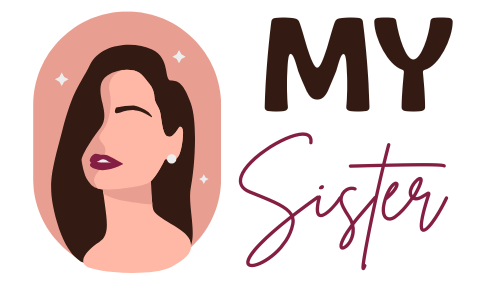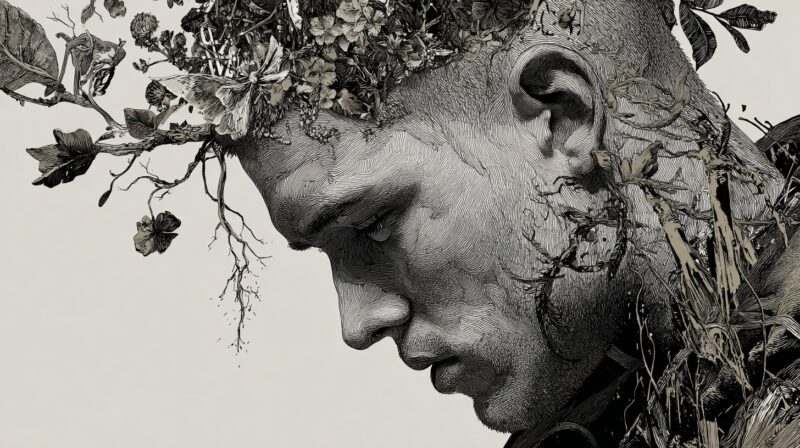Art functions as more than visual decoration. It operates as a mirror, a voice, and a bridge to greater self-awareness.
Through emotional introspection, cultural affirmation, and socio-political commentary, visual art enables individuals to shape, explore, and express identity.
Let us talk about it in greater detail.
Art as a Mirror of the Self
View this post on Instagram
When verbal language falls short, visual creation becomes a vessel through which internal experiences are expressed.
Individuals gain access to their inner state through spontaneous and symbolic methods.
Techniques like automatic drawing allow unconscious patterns to emerge freely on the page, while symbolic imagery presents abstract ideas through visual metaphor.
Art therapy and visual journaling provide powerful emotional release. These practices not only reduce stress but also help identify emotional triggers, track patterns, and process trauma in constructive ways.
Mindful and intuitive creation lets artists observe emotional reactions without judgment, enabling them to approach difficult feelings with patience and clarity.

The tools for emotional processing through art are:
- Automatic drawing bypasses conscious control to reveal subconscious imagery
- Symbolic composition turns abstract emotions into recognizable visual forms
- Art therapy sessions offer guided environments for emotional exploration
- Visual journaling tracks emotional states through recurring colors, patterns, and motifs
- Intuitive creation fosters emotional acceptance and internal resolution
Engagement with visual art also triggers neurological responses that reinforce personal identity.
Scientific studies in neuroaesthetics reveal that viewing and creating visual artwork activate emotional and memory-related areas of the brain.
Globalization and the Evolving Self
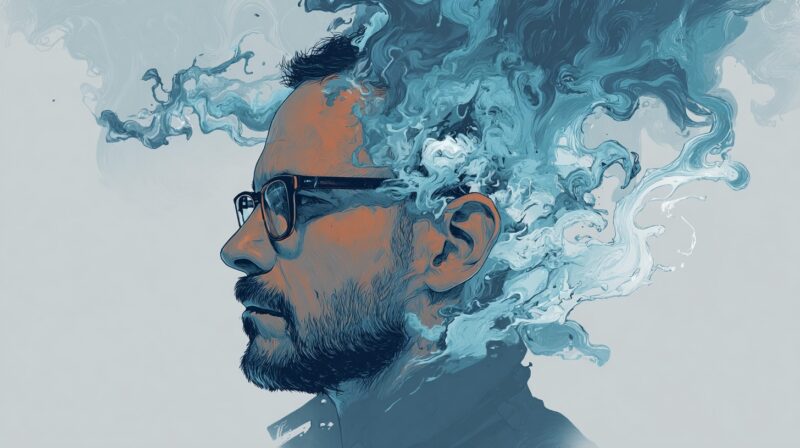
Styles no longer remain confined to geographic or cultural boundaries. Globalization accelerates the exchange, remix, and adaptation of visual languages.
Latin American artists, for instance, often blend ancient symbols with modern abstraction, negotiating identity between heritage and contemporary influence. These hybrid expressions reveal the continuous reshaping of the self.
As artists respond to global trends, local traditions are not erased, they are recontextualized. Ancient patterns, folk stories, and indigenous iconography appear alongside pop art, digital media, and global commercial aesthetics.
Rather than silencing identity, globalization offers artists the chance to redefine it in motion.
Visual art also becomes a medium for examining one’s place within global society. As people navigate migration, diaspora, and transnational identity, they turn to art to make sense of their shifting roles.
Visual works often center around questions of belonging, history, and self-definition. Some artists explore generational trauma or dislocation. Others use visual storytelling to affirm dual or multi-layered identities.
Personal compositions begin to include elements once seen as incompatible, graffiti layered with folkloric design, classical portraiture infused with street-style color palettes, and digital projection mapped onto hand painted backdrops.
The tension becomes the expression.
Visual Art in Identity Formation
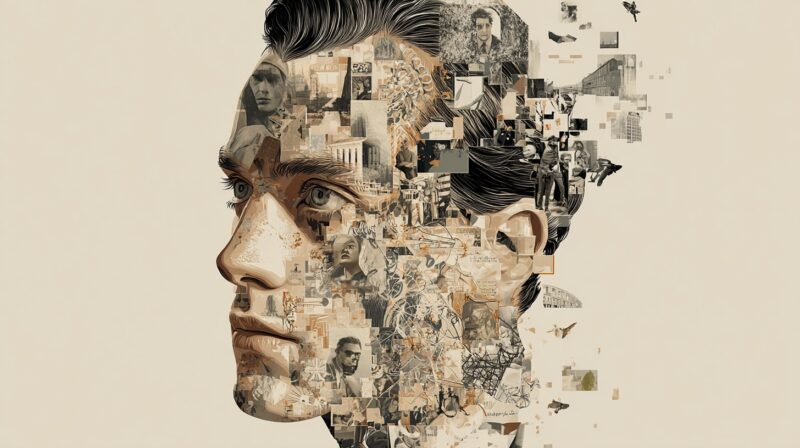
Young children begin to form connections between visuals and meaning long before they learn to articulate emotions or complex thoughts. Exposure to artistic experiences during these formative years grants access to emotional depth, value systems, and cultural norms.
Crayon drawings, finger painting, and early encounters with visual stories allow for intuitive experimentation.
In these early stages, children do more than simply enjoy colors or shapes; they start interpreting meaning. A drawing of a family member can represent security.
A repeated use of certain symbols might reflect unresolved emotions or vivid imagination. Parents, educators, and peers who encourage creative exploration support the formation of self-worth and autonomy.
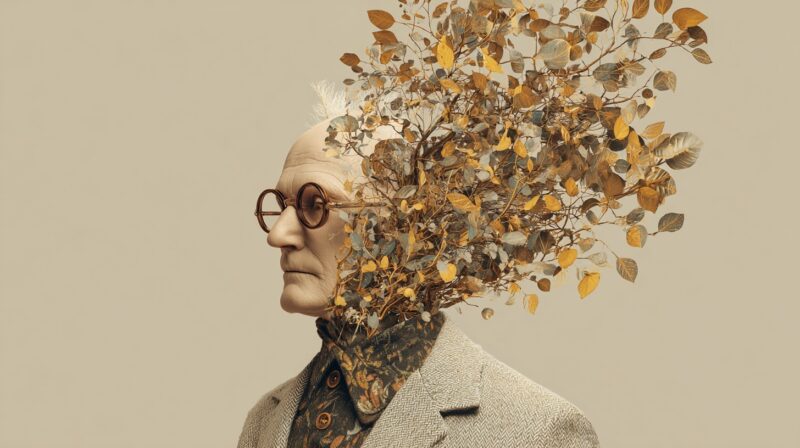
Visual storytelling, especially in varied styles and narratives, introduces alternative perspectives that challenge a child’s existing assumptions.
Characters who come from unfamiliar cultures, abstract representations of fear or hope, and non-linear narratives expand their capacity to see multiple viewpoints.
When children engage with these visual formats, they begin to understand emotional nuance and cultural variation without needing verbal explanation.
As individuals mature, visual art evolves from a tool of exploration into a tool of declaration. No longer confined to play or discovery, art becomes autobiographical.
Self-portraits act as controlled representations of how one chooses to be seen. They reflect the push and pull between internal identity and public persona.
Memory collages transform the abstract into the concrete. Ticket stubs, faded photographs, torn fabrics, and bits of handwriting can be arranged to reconstruct moments that carry emotional weight.
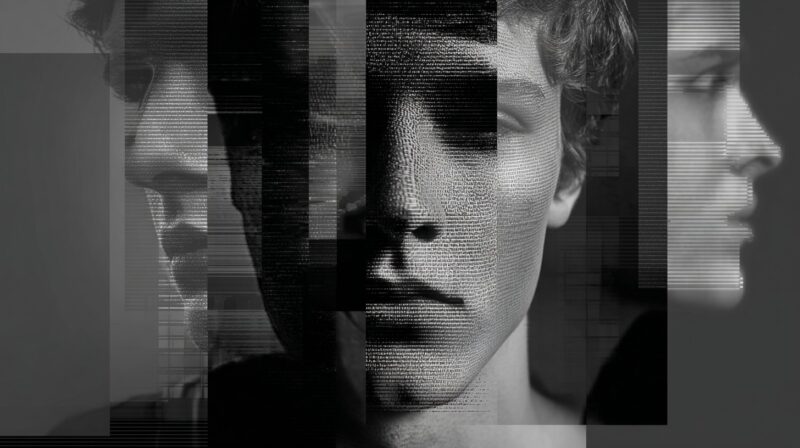
The process allows artists to reclaim past experiences and reframe them through the lens of their current identity.
Abstract works, similarly, provide a space for introspection and raw emotion. Lines and textures speak where words fall short.
Visual media serves as a safe and often empowering method to navigate identity.
Topics such as gender expression, spiritual conflict, cultural displacement, and family dynamics find articulation through personal symbolism.
They give shape and color to traits, emotions, and beliefs that once lived only inside.
Cultural and Collective Identity Through Art
View this post on Instagram
In regions shaped by colonial conflict, migration, or cultural blending, artists often navigate identity through visual tension and duality.
Latin American visual traditions, for instance, embody the interplay between Indigenous roots and imposed European aesthetics.
Artists like Frida Kahlo and Ana Mendieta use self-representation to reveal layered identities shaped by displacement, memory, and national struggle.
View this post on Instagram
Frida Kahlo’s portraits unveil physical and emotional trauma while anchoring themselves in Mexican folk symbolism and post-revolutionary nationalism. Ana Mendieta’s performances, often set outdoors, call on ancestral memory, female embodiment, and spiritual origin.
Both use their bodies and heritage as canvases, turning personal identity into visual testimony of cultural survival.
Latin American artists’ role in identity representation are:
- Frida Kahlo explores national identity, gender, and chronic pain through symbolic self-portraiture
- Ana Mendieta uses performance and natural materials to evoke displacement and cultural memory
- Postcolonial expression reveals dual identity in Indigenous-European narratives
- Visual storytelling bridges personal trauma with historical context
Group identity also finds voice through collective art forms.
Latin American muralism emerged as a response to social injustice, with large-scale public works designed to:
- Educate
- Unite
- Resist
Social Belonging and Shared Identity
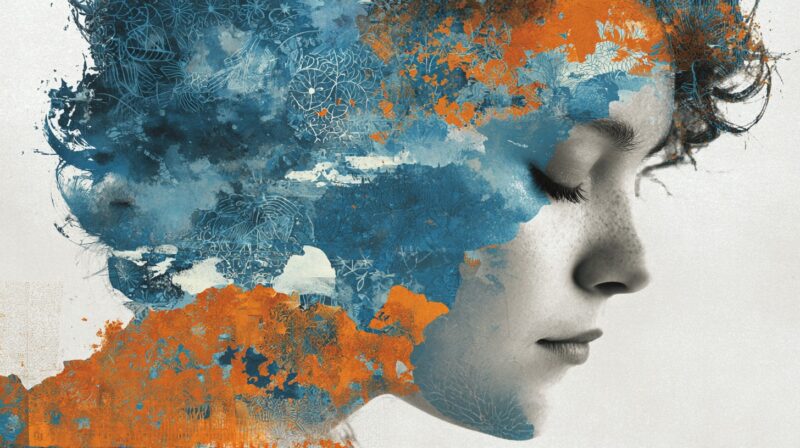
When artists work together, painting a mural, curating a gallery, or sharing techniques in a workshop, shared experience forms a thread of belonging.
Community-based initiatives like those by East End Arts show how creative collaboration reinforces both self-identity and social connectedness.
Artistic collectives often serve as emotional and cultural support systems. Participants don’t merely create, they witness one another’s growth, stories, and struggles.
Visual symbols, color schemes, and shared creative goals become reflections of group solidarity.
How collaborative art fosters social identity:
- Community murals: offer platforms for shared narrative and local pride
- Group exhibitions: present identity through diverse voices in unified space
- Workshops and residencies: promote skill exchange, mentorship, and creative confidence
- Creative collectives: act as informal social networks and emotional lifelines
Summary
Visual art shapes identity emotionally, culturally, and socially.
Creating and engaging with visual media encourages deeper self-recognition and fosters empathy.
Participating in visual art offers a path for defining who one is, within both individual and collective dimensions.
Engaging with it becomes a call to self-inquiry and shared humanity.
